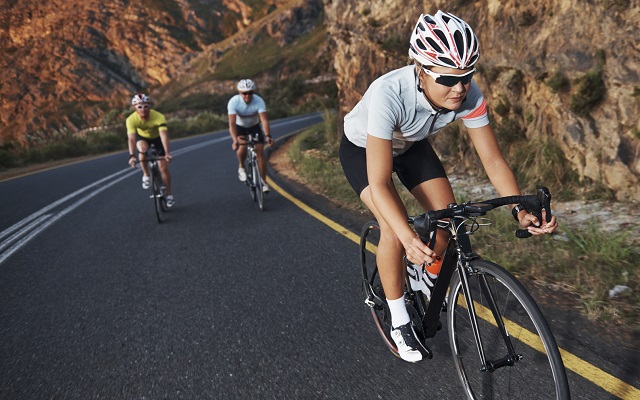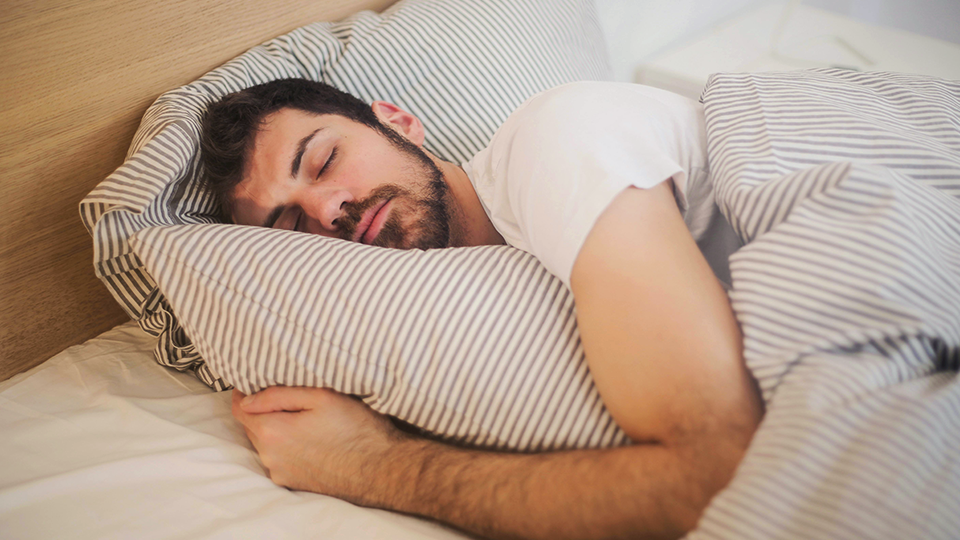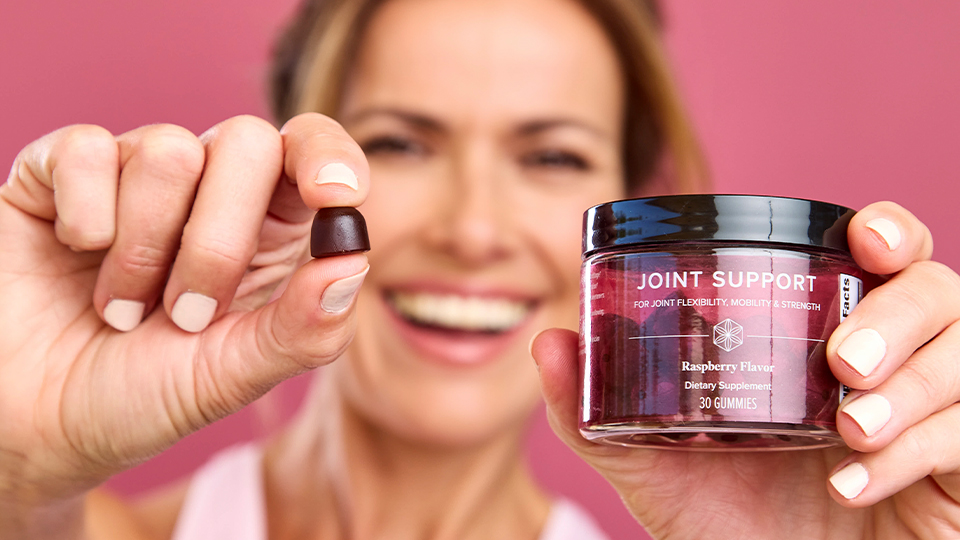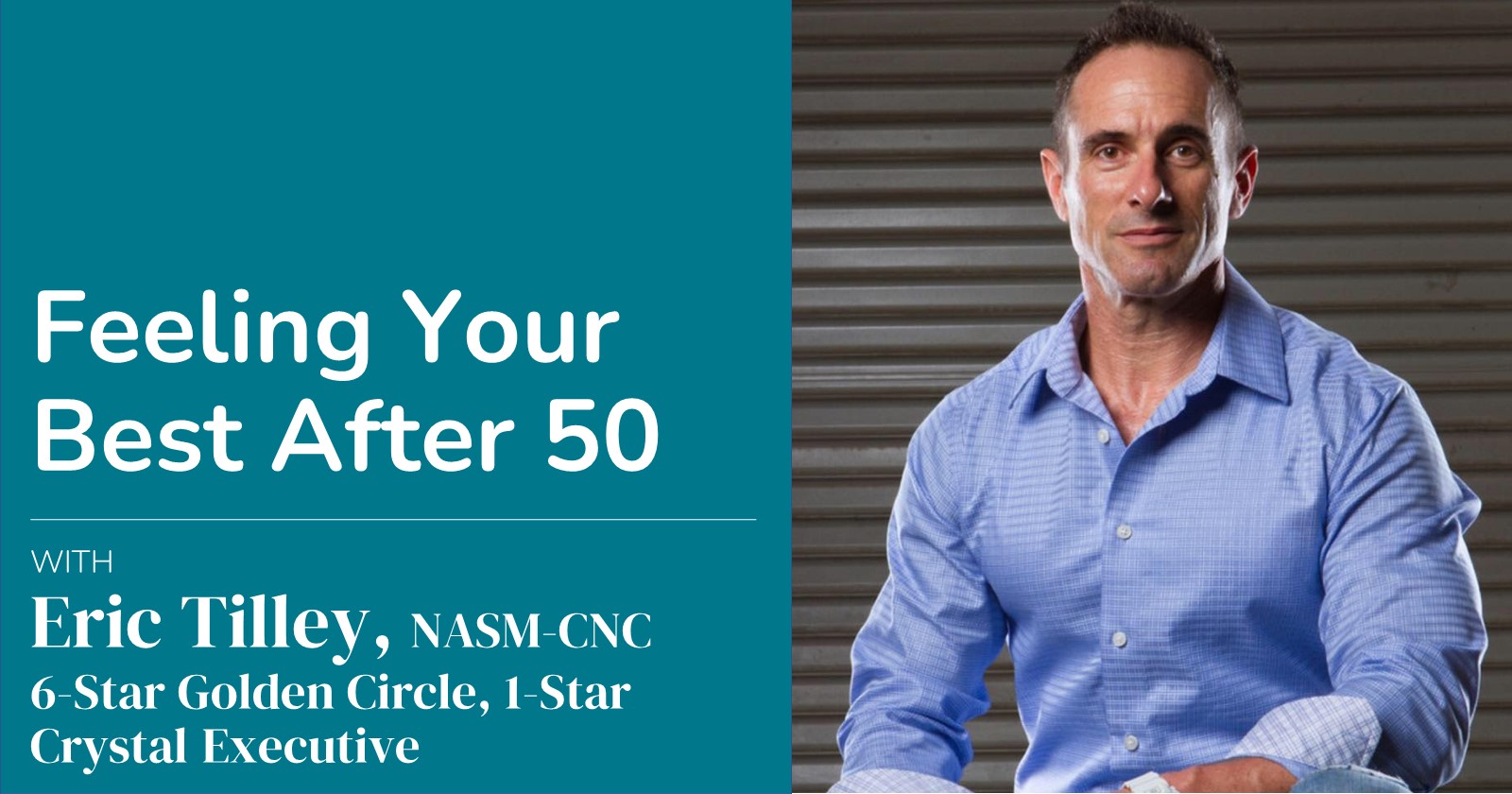There’s no question that a cyclist’s legs are the driving force for performance on the bike. When cyclists hit the gym, the focus is generally on workouts that build strength and explosive power in the legs. But the legs can’t work in isolation from the rest of the body. Too often, cyclists fail to devote enough attention to other muscle groups, especially the abdominals.
Abdominal muscles play a crucial role in cycling. First, strong abs create more power on the bike. The abdominal muscles work together with the lower back to stabilize the pelvis during each pedal stroke. The greater the stability of the pelvis, the more power can be produced with each rotation of the pedals.
Second, a strong core protects against an aching back. Lower back pain is a common problem among cyclists and can take the fun out of riding or even bring a season of training to an early end. An imbalance in strength between the muscles of the back and abdomen is often to blame. With so much time spent leaning forward in the riding position, cyclists can’t help but develop a strong, well-conditioned back. Without equally strong abdominal muscles to oppose the muscular force of the back, cyclists risk problems with spinal alignment that can result in painful injuries.
Moves To Build a Stronger Core
To improve core strength, cyclists need to add a few moves to their exercise routine off the bike. These are three exercises with variations that target different areas of the abdominal muscles to build greater core strength. As with any exercise, make sure to include a brief warm up before getting started.
Plank
Place your forearms on the floor with your elbows directly under your shoulders. Extend your legs behind you and lift your hips to form a straight line from your shoulders to your heels. Hold for 30 seconds or longer if you can.
Variation: Side plank
Start by laying on your right side and placing your right forearm on the ground, with your right elbow underneath your shoulder. Extend your legs, with your left leg stacked on top of your right, and push your hips up so that your body forms a straight line from your shoulders to your heels. Hold for 30 seconds, then repeat on the opposite side.
Crunch
Lie on your back with your knees bent, feet flat on the floor. Place your hands lightly behind your head for support, being careful not to pull on your neck. Lift your chin and upper torso smoothly toward the ceiling, pausing briefly at the highest point before slowly lowering back to the floor.
Variation: Oblique Crunch
Begin as you would for a basic crunch. As you lift your chin and upper torso away from the floor, rotate your left shoulder toward your right knee, pausing at the top of the motion. Return to center and slowly lower your body to the floor. Repeat the same move on the opposite side.
Reverse Crunch
Lay on your back with your knees bent, feet flat on the floor. Place your hands at your side, palms down. Slowly lift your legs, keeping your knees bent at 90 degrees, until your thighs are vertical and your shins are parallel with the floor. Slowly lower your legs to return to the starting position.
Variation: Extended Reverse Crunch
Lay on your back with your legs extended. Place your hands at your side, palms down. Slowly raise your legs until they are vertical and directly over your hips. Return to the starting position with a slow, controlled motion.
A cyclist’s legs provide the essential driving force on the bike, but the rest of the body isn’t just along for the ride. The other major muscle groups contribute to cycling performance, and the abdominal muscles are no exception. By developing core strength, cyclists can not only generate more power with each pedal stroke, but also reduce the risk of common cycling problems like back pain.
Reference
Sovndal S. Cycling Anatomy. Champaign, IL: Human Kinetics; 2009.





